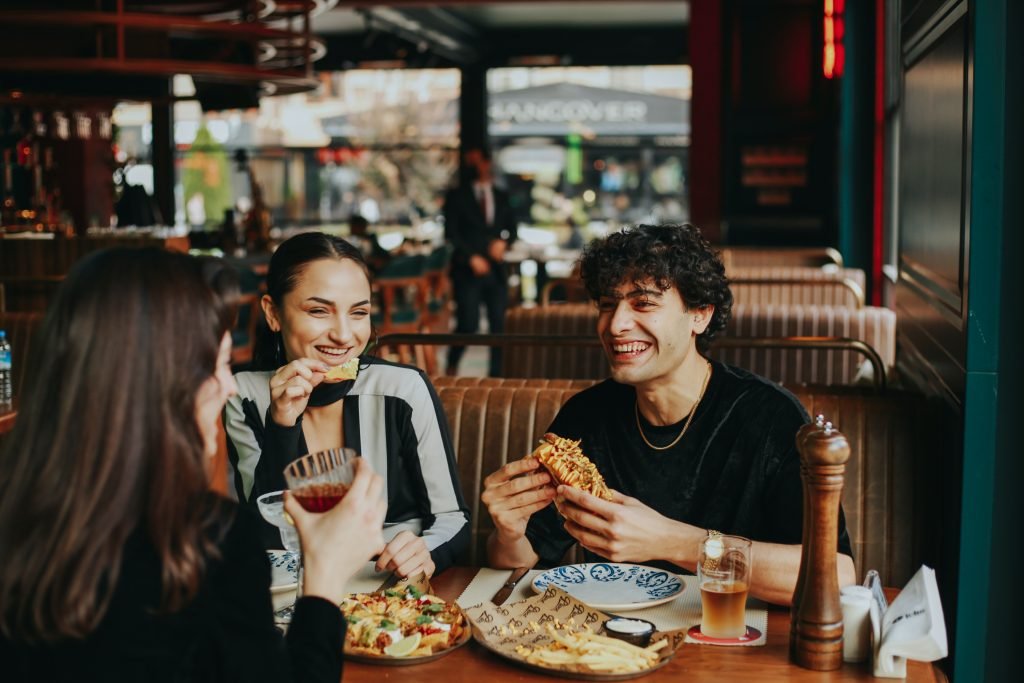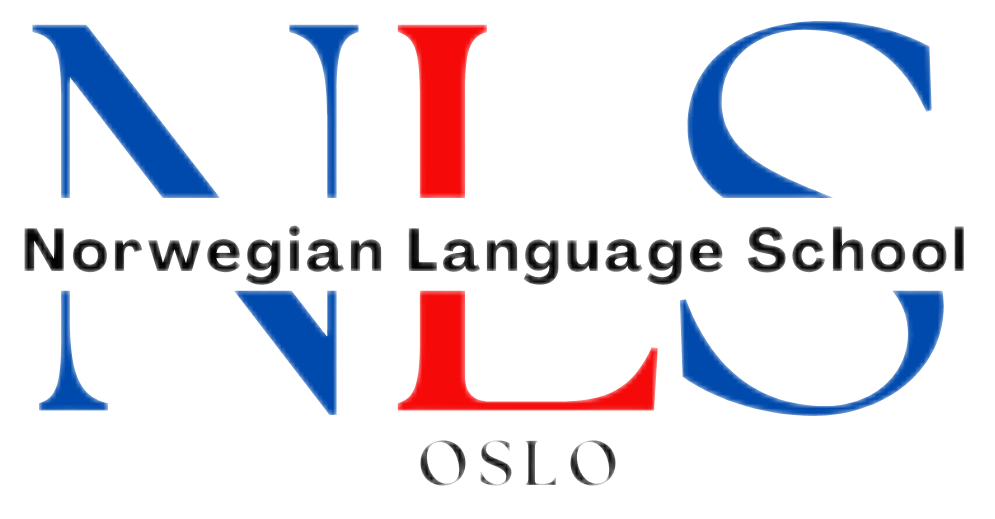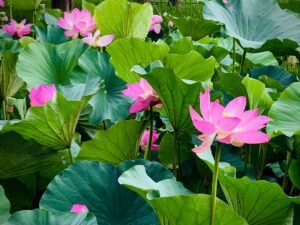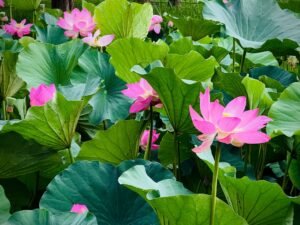

Learn Norwegian | Ordering in a Restaurant | Bestille Mat på en Restaurant | A1-A2
With its magnificent landscapes and rich traditions, Norway offers a unique culinary experience that beckons visitors and language enthusiasts alike. If you’re keen on sampling Norwegian cuisine, this guide will help you navigate the menu and communicate your choices effectively.
Table of Contents
ToggleBasic Phrases:
- en restaurant – a restaurant
- en meny – a menu
- Jeg vil gjerne ha… – I would like…
- Hva anbefaler du? – What do you recommend?
- et vann – a water
- et brød – a bread
- Jeg er sulten. – I am hungry.
- Jeg er tørst. – I am thirsty.
- Kan jeg få regningen? – Can I get the bill?
- Takk – Thank you
- Vær så god. – You’re welcome. (also: Here you go)
- Unnskyld, hvor er toalettet? – Excuse me, where is the restroom?
Useful Vocabulary:
- en forrett – a starter/an appetizer
- en hovedrett – a main course
- en dessert – a dessert
- et kjøtt – a meat
- en fisk – a fish
- vegetarisk – vegetarian
- et øl – a beer
- en kaffe – a coffee
- en te – a tea
- en kakao – a hot chocolate
Ordering in a Restaurant:
1. Reserving Your Seat:
- Har du et bord for to? – Do you have a table for two?
- Jeg har reservert et bord på navnet [Your Name]. – I have a reservation under the name [Your Name].
2. Perusing the Menu:
- Kan jeg få se menyen? – Can I see the menu?
- Har dere en vegetarisk meny? – Do you have a vegetarian menu?
- Hvilken suppe har dere i dag? – What soup do you have today?
3. Making Your Choice:
- Jeg vil gjerne ha en kopp kaffe. – I would like a cup of coffee.
- Jeg vil bestille fisk. – I want to order fish.
- To øl, takk. – Two beers, please.
- Hva er dagens spesial? – What’s the daily special?
4. Conversing During the Meal:
- Dette smaker fantastisk! – This tastes fantastic!
- Kan jeg få litt mer vann, takk? – Can I have some more water, please?
- Kan jeg få ketchup? – Can I get some ketchup?
5. Wrapping Up:
- Kan jeg få regningen? – Can I get the bill?
Dietary Restrictions and Preferences:
Understanding and expressing dietary needs can make your dining experience more comfortable and enjoyable:
- Jeg er allergisk mot nøtter. – I am allergic to nuts.
- Har denne retten melk i seg? – Does this dish contain milk?
- Jeg spiser ikke kjøtt. – I don’t eat meat.
- Jeg er veganer. – I am vegan.
- Er dette glutenfritt? – Is this gluten-free?
In Conclusion:
Embarking on a Norwegian culinary journey becomes much more immersive when you have the language tools to engage with the experience fully. As you explore the flavors of Norway, let this guide help you confidently converse, order, and enjoy the gastronomic delights. Remember, every interaction, no matter how small, adds to the richness of your journey. “Vel bekomme!” (Enjoy your meal!)
FAQs:
1. What is the common way to get a waiter’s attention?
-
It’s polite to make eye contact and raise your hand slightly. If needed, you can say “Unnskyld” (Excuse me).
2. Is tipping customary in Norwegian restaurants?
-
Tipping is not mandatory in Norway, but it’s appreciated for good service. Typically, patrons leave around 5-15% of the bill if they’re satisfied.
3. What’s a traditional Norwegian dish I should try?
-
“Rakfisk” (fermented fish) and “Kjøttkaker” (Norwegian meatballs) are two traditional dishes worth trying. For dessert, “Krumkake” (a sweet cone-shaped cookie) is popular.
4. What is “Lutefisk” I’ve heard about?
-
“Lutefisk” is dried whitefish, usually cod, treated with lye, and then rehydrated. It has a gelatinous texture and is typically eaten with a range of side dishes.
5. How do I ask if the fish is fresh?
-
You can ask, “Er fisken fersk?” which means “Is the fish fresh?”
6. Are vegetarian/vegan options commonly available?
-
While traditional Norwegian cuisine is heavily based on fish and meat, most restaurants, especially in cities, offer vegetarian and vegan options due to increasing demand.
7. What’s the drinking age in Norway?
-
The legal age for purchasing beer and wine is 18. For spirits with higher alcohol content, it’s 20.
8. How do I say “cheers” in Norwegian?
-
“Skål” is the Norwegian way to say “cheers.”
9. Is tap water safe to drink in restaurants?
-
Yes, tap water in Norway is of high quality and safe to drink. In fact, it’s often considered among the cleanest in the world.
If you want to learn Norwegian, you can register for classes here. If you want to check your Norwegian level for free, you can do that here. We look forward to hearing from you and helping you become fluent in Norwegian!
If you want to learn Norwegian, you can register for classes here. We look forward to hearing from you and helping you become fluent in Norwegian.





